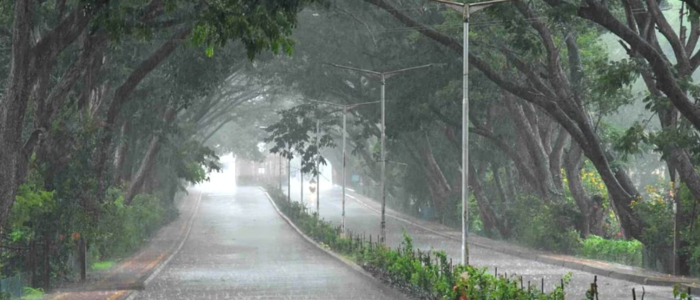With the monsoon season fast approaching, industries relying on high-pressure pumps must take proactive measures to safeguard operations. Heavy rainfall, flooding, and high humidity pose serious risks, leading to pump failures, downtime, and costly production losses. Without proper maintenance, issues like clogging, corrosion, electrical malfunctions, and motor failure can arise, significantly disrupting business continuity.
To prevent unexpected breakdowns and ensure smooth operations during the rainy season, it is essential to prepare high-pressure pumps in advance. This guide outlines critical pre-monsoon maintenance practices that can protect your equipment, enhance efficiency, and extend the lifespan of your pumps.
Why Pre-Monsoon Maintenance is Crucial for High-Pressure Pumps
High-pressure pumps are the backbone of many industries, including:
- Water supply & irrigation – Ensuring a steady flow for agricultural and municipal needs.
- Wastewater management – Managing drainage and preventing waterlogging.
- Manufacturing – Facilitating industrial processes that rely on fluid movement.
Monsoon-Related Risks for High-Pressure Pumps
As monsoon rains intensify, several risk factors can compromise pump performance:
- Overloading & overheating – Increased water levels demand extra effort, leading to overheating.
- Clogging & contamination – Rainwater carries debris and sediments, which can block the pump and reduce efficiency.
- Electrical failures – Power surges and short circuits caused by lightning and unstable electricity supply can damage the motor and wiring.
- Corrosion – Constant exposure to moisture accelerates rusting, weakening pump components and shortening its lifespan.
- Without preventive maintenance, these issues can cause major disruptions, leading to expensive repairs and production downtime.
Pre-Monsoon High-Pressure Pump Maintenance Checklist
To mitigate risks and keep your pumps in top condition, follow this essential maintenance checklist before the monsoon arrives:
Comprehensive Inspection
- Check for visible wear and tear – Inspect seals, bearings, and motor components for leaks, cracks, or rust.
- Ensure secure connections – Examine wiring, hoses, and pipe fittings to prevent leaks and pressure loss.
- Test safety features – Confirm that emergency shutoff systems and pressure relief valves are functioning properly.
Cleaning & Debris Removal
- Remove accumulated dirt and debris from pump components to prevent clogging.
- Clean surrounding areas to ensure proper drainage and prevent water accumulation near the pump.
- Flush pipelines to clear sediment buildup that could obstruct water
Performance Testing
- Run a test cycle to verify proper operation under normal load conditions.
- Monitor pressure levels and check for any irregularities in flow rate, vibrations, or noise.
- Identify inefficiencies early to address potential failures before the monsoon arrives.
Waterproofing & Insulation
- Seal all electrical connections with waterproof coatings to prevent short circuits.
- Use high-grade insulation materials to protect motor wiring from moisture damage.
- Ensure proper grounding to reduce the risk of power surges during storms.
Lubrication & Component Care
- Apply recommended lubricants to moving parts, such as bearings and seals, to reduce friction and wear.
- Ensure proper belt tension to maintain optimal power transmission efficiency.
- Replace worn-out gaskets and seals to prevent leaks.
Flood Protection Measures
- Elevate the pump unit above potential flood levels to prevent water ingress.
- Install protective barriers around the pump to minimize exposure to rainwater.
- Ensure proper drainage systems are in place to divert excess water safely.
Backup Power Solutions
- Install surge protectors to safeguard the pump’s electrical components from voltage spikes.
- Have a backup generator or UPS system ready to ensure continuous operation during power outages.
- Test emergency power systems before the monsoon season to confirm reliability.
Professional Inspection & Preventive Repairs
- Schedule a professional pump service to conduct in-depth diagnostics and preventive repairs.
- Replace aging parts before they fail during peak monsoon operations.
- Follow manufacturer-recommended maintenance schedules to maximize pump longevity.
The Business Impact of Pre-Monsoon Pump Maintenance
Investing time in pre-monsoon maintenance is not just about preventing failures—it’s about ensuring business continuity and operational efficiency. Well-maintained pumps:
- Reduce downtime by preventing unexpected malfunctions.
- Lower repair costs by addressing minor issues before they escalate.
- Improve energy efficiency, saving on operational expenses.
- Extend the lifespan of the pump, maximizing ROI
By following this comprehensive checklist, businesses can fortify their high-pressure pumps against monsoon-related disruptions.

